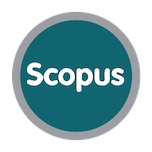Caciques y otros paradigmas ancestrales: de la legislación al mito en el sur de Colombia
DOI:
https://doi.org/10.22380/2539472X.1329Palabras clave:
.Resumen
Este artículo explora el carácter de la historiografía indígena y la creación de textos históricos en el contexto de iniciativas actuales de la sociedad inga para su recuperación sociocultural y política. Así mismo, identifica la búsqueda de los ingas de su ubicación histórica en el contexto del Estado colombiano y establece que la historiografía inga, como un "proceso continuo", es una herramienta interpretativa que les permite acomodar el carácter imperioso de los textos históricos y la tradición de la sociedad dominante. El artículo también se refiere a la historiografía indígena de Canadá, y examina las interpretaciones indígenas contemporáneas acerca de la relación existente entre el texto escrito de Carlos Tamoabioy y la tradición oral representada por el cacique y sus textos. La historiografía indígena se discute en su relación con los textos constitutivos.
Descargas
Referencias bibliográficas
Archivo General de la Nación (Bogotá), República, Fondo Baldíos, t. 43, ff. 468-72.
Allen, Catherine J. 1988. The Hold Life Has: Coca and Cultural identity in an Andean Community. Smithsonian Institution Press. Washington, D.C.
Alfred, Gerald R. 1995. Heeding the Voices of Our Ancestors: Kahnawake Mohawk Politics and the Rise of Native Nationalism. Oxford University Press. Toronto.
Basso, Keith H. 1990. "'Speaking with Names': Language and Landscape Among the Western Apache". En Keith H. Basso, Western Apache Language and Culture: Essays in Linguistic Anthropology: 138-173. University of Arizona Press. Tucson.
Bonilla Sandoval, Víctor Daniel. 1969. Siervos de Dios y amos de indios: el Estado y la misión capuchina en el Putumayo. Bogotá.
Bourdieu, Pierre. 1990. In Other Words: Essays Towards a Reflexive Sociology. Stanford University Press. Stanford.
Brotherston, Gordon. 1992. Book of the Fourth World: Reading the Native Americas through Their Literature. Cambridge University Press. Cambridge.
Consejo Regional Indígena del Cauca. 1988. Cartilla de legislación indígena. Cric, 3ª edición. Cali.
Fals Borda, Orlando y Lorenzo Muelas Hurtado. 1991. "Informe Ponencia sobre pueblos indígenas y grupos étnicos". En Gaceta Constitucional: 2-8. 8 de abril de 1991. Bogotá.
Fride [sic], Juan. 1945. "Leyendas de Nuestro Señor de Sibundoy y el Santo Carlos Tamabioy". En Boletín de Antropología.1: 315-318. Bogotá.
Friedemann, Nina S. de y Jaime Arocha. 1989. Herederos del jaguar y la anaconda. Carlos Valencia Editores. Bogotá.
Gossen, Gary H. 1977. "Translating Cuscat's War: Understanding Maya Oral History". En Journal of Latín American Lore. 3: 249-278.
Gros, Christian. 1990. Colombia indígena: identidad cultura ly cambio social. Cerec. Bogotá. Serie Amerindia No. 2.
Herzfeld, Michael. 1985. "Lévi-Strauss in the Nation State". En Journal of American Folklore. 98: 191-208. DOI: https://doi.org/10.2307/540439
Imai, Shin, Katharink Logan y Gary Stein, 1993. Aboriginal Law Handbook. Carswall. Scarborough.
Instituto de Investigaciones Jurídicas. 1991. Aspectos nacionales e internacionales sobre derecho indígena. Universidad Nacional Autónoma de México. México.
Levinsohn, Stephen H. 1991. "Variations in Tense-Aspect Markers Among inga (Quechuan) Dialects". En Mary Ritchie Key, comp., Language Change in South American Indian Languages: 145-165. University of Pennsylvania Press. Philadelphia. DOI: https://doi.org/10.9783/9781512803068-009
Mannheim, Bruce. 1985. "Southern Peruvian Quechua". En Manelis Klein, Harriet E. y Louisa R. Stark, comps. South American Indian Languages: Retrospect and Prospect: 481-515. University of Texas Press. Austin.
Mcdowell, John H. 1989. Sayings of the Ancestors: The Spiritual Life of the Sibundoy Indians.U niversity Press of Kentucky. Lexington.
-. 1994. "So Wise Were Our Elders": Mythic Narratives from the kamsá. University Press of Kentucky. Lexington.
Padilla, Guillermo. 1993. "Derecho mayor indígena y derecho constitucional: comentarios en torno a su confluencia y conflicto". XIII Icaes, Ciudad de México, México.
Plan Nacional de Rehabilitación, Programa Indígena. 1990. Fuero indígena colombiano. Normas nacionales, regionales e internacionales, jurisprudencia, conceptos administrativos y pensamiento jurídico indígena. Compilado por Roque Roldan Ortega. Bogotá.
Ramírez de Jara, María Clemencia y Carlos Ernesto Pinzón. 1986. "Los hijos del bejuco solar y la campana celeste. El yajé en la cultura popular urbana". En América Indígena. 46: 163-188.
Rappaport, Joanne. 1990. The Politics of Memory: Native Historical Interpretations in the Colombian Andes. Cambridge University Press. Cambridge
-,. 1994a. Cumbe Reborn: An Andean Ethnography of History. University of Chicago Press. Chicago.
-. 1994b. "Object and Alphabet: Andean Indians and Documents in the Colonial Period". En Elizabeth Hill Booney Walter D. Mignolo, comps. Writing without Words: Alternative Literacies in Mesoamerica and the Andes: 271-292. Duke University Press. Durham.
Rappaport, Joanne y Robert V. H. dover. 1994. "Territorial Organization and Ethnic Self-Definition: Native Colomb1ansand the 1991 Constitution". 48° ICA, Stockholm. Sweden.
Reichel-Dolmatoff, Gerardo. 1971. Amazonian Cosmos: The Sexual and Religious Symbolism of the Tukano Indians. The University of Chicago Press. Chicago.
Sarris, Greg. 1993. "Keeping Slug Woman Alive: The Challenge of Reading in a Reservation Classroom". En Jonathan Boyarin, comp. The Ethnography of Reading: 238-269.University of California Press. Berkeley. DOI: https://doi.org/10.1525/california/9780520079557.003.0011
Scott, Colin H. 1993. "Customs, Tradition, and the Politics of Culture: Aboriginal Self-Government in Canada". En Noel Dyck y James B. Waldram, comps. Anthropology, Public Policy, and Native Peoples in Canada: 311-333. McGillQueen's University Press. Montreal & Kingston.
Sioui, Georges E. 1992. Far an Amerindian Auto history: An Essay on the Foundations of a Social Ethic. McGill-Queen's University Press. Montreal.
Stavenhagen, Rodolfo y Diego Iturralde, EDS. 1990. Entre la ley y la costumbre: el derecho consuetudinario indígena en América Latina. Instituto Indigenista Interamericano eI instituto Interamericano de Derechos Humanos. México.
Tandioy Jansasoy, Francisco. s.F. The Santiagueño ingano and Corn. Mss.
Tobias, John L. 1983. "Protection, Civilization, Assimilation: An Outline History of Canada's Indian Policy". En Jan A.L. Getty y Antoine S. Lussier, comps. As Long as the SunShines and the Water Flows: A Reader in Canadian Native Studies: 39-55. University of British Columbia Press.Vancouver.
Triana A., Adolfo. 1978. "El estatuto indígena o la nueva encomienda bonapartista". En Indígenas y represión en Colombia: análisis-denuncia: 29-41. Centro de Investigación y Educación Popular, Serie Controversia No. 79. Bogotá.
Urrea Giraldo, Fernando; ZApata Ortega, Diego. s.f." Vegetalismo y sistema de representaciones en el curanderismo inga-camentsa". mss.
Urton, Gary. 1992. "Communalism and Differentiation in an Andean Community". En Robert V. H. Dover, Katharine E. Seibold y John H. McDowell, comps. Andean Cosmologies through Time: Persistence and Emergence: 229-266. Indiana University Press. Bloomington.




















